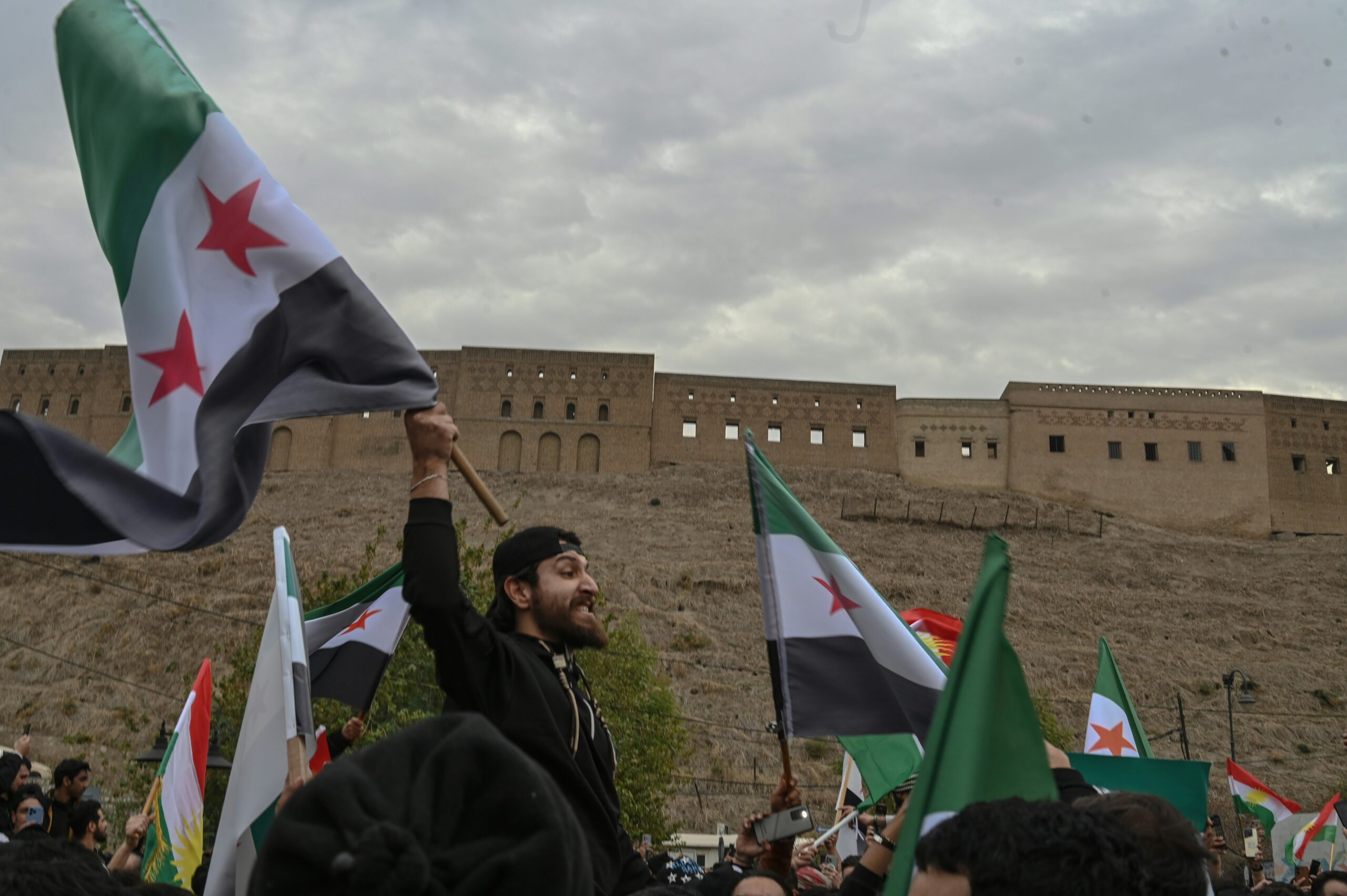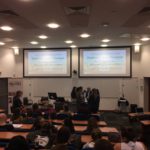
The unexpected fall of Syria’s infamous Assad regime has left many questions about the nation’s future. Opposition forces, led primarily by the Islamist group HTS from their base in Idlib, launched an offensive on November 27th, reaching Damascus on December 8th. Pushing south through Homs and into the capital, the rebels forced Assad and his close family members to flee. By 6 a.m., opposition forces declared the country “liberated,” sparking celebrations nationwide. Assad, along with his wife and three children, has reportedly been granted asylum in Russia and is believed to be in Moscow.
Scenes of family reunions and celebrations unfolded across Syria as crowds gathered for. Friday prayers, less than a week after Assad’s removal. For many Syrians, freedom has finally arrived. In Homs, many congregated in Clock Square to pray, with mosques overflowing beyond capacity. Meanwhile, the regime’s notorious prisons were broken open, and many disappeared individuals—some imprisoned for as long as 40 years—emerged, struggling to grasp the reality that Assad was finally gone.
Syria remains divided by multiple factions, however. The most powerful group Hayat Tahrir al-Sham (HTS) controls the western areas of Syria including the capital. The north-western areas are controlled by collective forces calling themselves the Syrian National Army (SNA), which receives support from Türkiye and forms a buffer zone between the state and Syrian Kurdish forces. HTS and SNA have an uneasy relationship. The Kurdish group calling itself Syria’s Democratic Forces (SDF) controls much of the northeast area and Türkiye considers them a threat to national security.
HTS leader Ahmed al-Sharaa, formerly known as Abu Mohammed al-Jolani, has had previous links to al-Nusra front, an organisation linked to al-Qaeda and ISIS. HTS has attempted to address concerns about its links to militancy by emphasizing its achievements in governance and infrastructure, delivered through its administrative arm, the Syrian Salvation Government (SG). HTS is still designated a terrorist group by the UN, UK and others, even as it promises stability and an amnesty for those conscripted into Assad’s forces.
Additionally, Israel controls the occupied Golan Heights and has launched 350 strikes on military sites across Syria since the fall of Assad, as well as creating a demilitarised zone. Israel has claimed this is to prevent the use of chemical weapons and missiles by extremists. The US maintains military bases in the south and has carried out attacks on ISIS bases, intending to prevent the resurgence of the terrorist group in Syria in the power vacuum that has been created.
The fate of Syrian refugees in Europe has also been called into question. The UK has announced the suspension of Syrian asylum claims. A fierce debate has emerged in Germany over the one million Syrian passport holders within the country. Arguments over whether Syrians should be forced to return are likely to dominate upcoming snap elections occurring on the 23 February.
The future for Syrians both within Syria and outside of Syria is still uncertain, though many are still celebrating the end to years of oppression and the downfall of the Syrian dictator. The ability of factions within Syria to cooperate, the effectiveness of reconstruction efforts and the actions of foreign states with interests in the region are all crucial in establishing a stable Syrian state without continuing violence and human rights abuses. At least temporarily, however, it seems the people of Syria remain optimistic.
Syrian citizens celebrate the fall of Bashar al-Assad’s regime in Syria by Shvan Harki, 2024 // Unsplash Content License



Average Rating